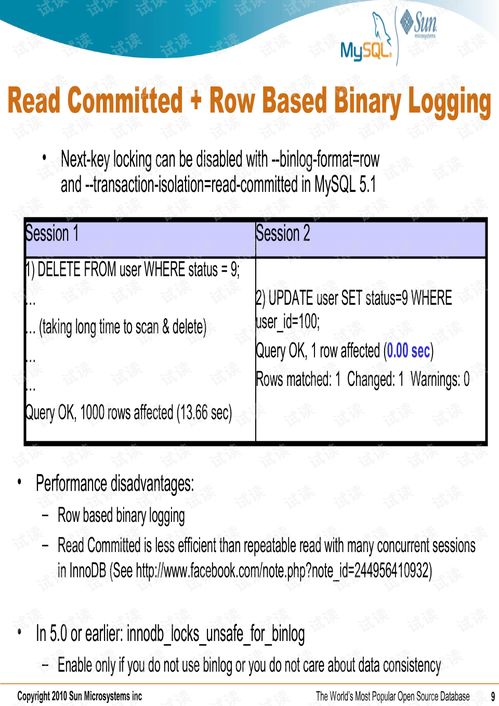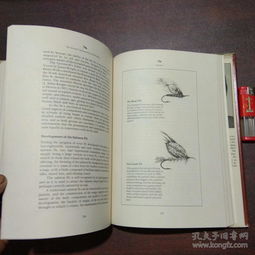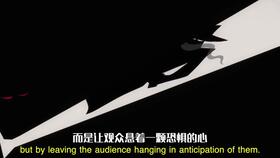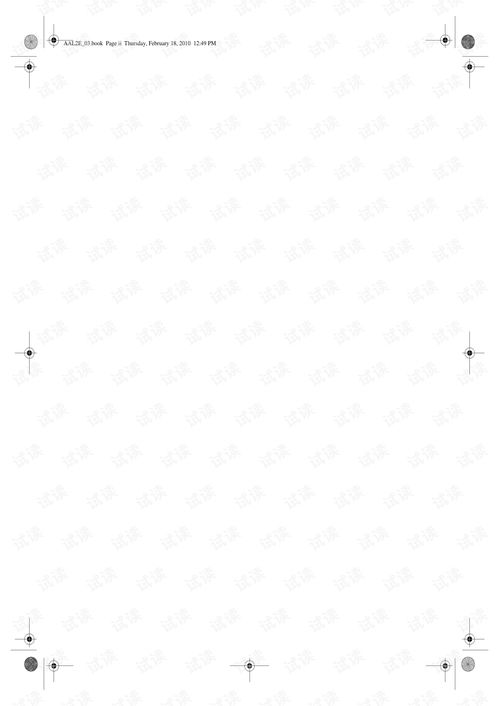Content:
Fishing, an age-old pastime, has captivated anglers around the world with its serene beauty and the thrill of the catch. One of the most crucial elements in fishing is the ability to effectively use the float, also known as the bobber. The float serves as an indicator, signaling when a fish has taken the bait. Mastering the art of using the adjustment technique for floats can significantly enhance your fishing experience. In this comprehensive guide, we will delve into the various fishing techniques and how to effectively use the adjustment method for floats.
Understanding the Float
Before we dive into the adjustment technique, it's essential to understand the float itself. A float is a buoyant device attached to the line above the bait. It rises or falls in the water, alerting the angler to the presence of a fish. The float can be made from various materials, such as plastic, wood, or metal, and comes in various shapes and sizes.
Selecting the Right Float
The first step in using the adjustment technique is selecting the right float for your fishing environment. Here are a few factors to consider:
Water Conditions: The density and clarity of the water play a significant role in float selection. In clear water, use a lighter float to avoid spooking the fish, while in murky water, a heavier float may be more effective.
Fish Species: Different fish species may have varying preferences for bait presentation. For instance, trout may require a more delicate presentation, while catfish may tolerate a heavier, more robust float.
Bait Type: The type of bait you're using can also influence float selection. Live bait may require a float that allows for a more natural presentation, while artificial lures may call for a float that offers more movement.
The Adjustment Technique
Once you've selected the appropriate float, it's time to learn the adjustment technique. Here's a step-by-step guide:
Attach the Float: Begin by attaching the float to the line. Ensure that the float is securely tied and that the line runs through the center of the float.
Set the Weight: Next, add a weight to the line. The weight should be sufficient to keep the float above the bottom but not so heavy that it pulls the float under the water. Experiment with different weights until you find the right balance.
Adjust the Depth: To adjust the depth, you can either add or remove weight from the line. If you want the float to rise higher in the water, remove weight; if you want it to sink lower, add weight.
Test the Float: Once you've adjusted the float to the desired depth, test it by casting it into the water. Observe how the float behaves in different conditions, such as wind, current, and waves.
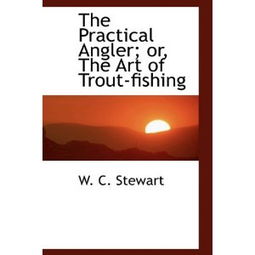
Fine-Tuning: As you fish, you may need to make further adjustments to the float. For example, if you notice that the float is too sensitive, add more weight to reduce the movement. Conversely, if the float is too heavy, remove weight to increase sensitivity.
Advanced Techniques
For those looking to take their fishing skills to the next level, here are a few advanced techniques to consider:
The Pencil Technique: This involves using a pencil to create a straight line between the float and the hook. It helps in maintaining a consistent depth and allows for more precise adjustments.
The PVA Bag Technique: PVA bags are small, biodegradable bags that can be filled with shot to create a weight. They offer a discreet way to add weight to the line and can be adjusted easily.
The Bobber Stop Technique: This technique involves using a bobber stop to set the depth of the float. It's particularly useful when fishing in windy conditions or when you want to maintain a specific depth.
Conclusion
Using the adjustment technique for floats is a fundamental skill that can greatly enhance your fishing experience. By understanding the float's purpose, selecting the right float, and mastering the adjustment technique, you'll be well on your way to becoming a more proficient angler. Whether you're targeting trout in a mountain stream or bass in a lake, the right float and the ability to adjust it effectively can make all the difference. Happy fishing!



